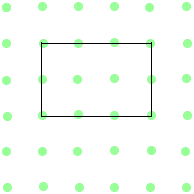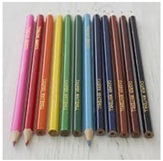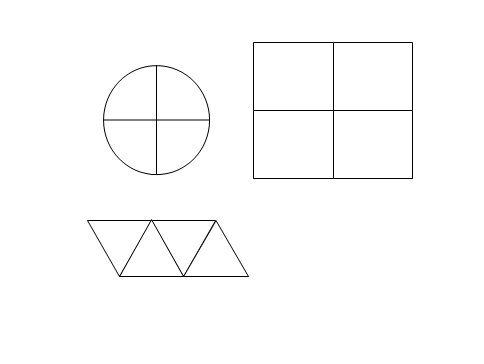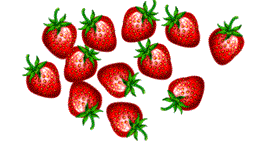Teachers should use every relevant subject to develop pupils’ mathematical fluency. Confidence in numeracy and other mathematical skills is a precondition of success across the national curriculum.
Teachers should develop pupils’ numeracy and mathematical reasoning in all subjects so that they understand and appreciate the importance of mathematics.
– National Curriculum in England Framework Document, September 2013, p10
Connections within Mathematics
Making connections to other topics within this year group
When teaching and learning is focused on fractions in Year 1, there are many links that can be made to other areas of the mathematics curriculum;
Number and place value:
- Identify and represent numbers using objects and pictorial representations including the number line, and use the language of: equal to, more than, less than (fewer), most, least.
Addition and subtraction:
- solve one-step problems that involve addition and subtraction, using concrete objects and pictorial representations, and missing number problems such as 7 = ☐ – 9.
Multiplication and division:
- Solve one-step problems involving multiplication and division, by calculating the answer using concrete objects, pictorial representations and arrays with the support of the teacher.
Measurement:
Compare, describe and solve practical problems for:
- lengths and heights [for example, long/short, longer/shorter, tall/short, double/half]
- mass/weight [for example, heavy/light, heavier than, lighter than] capacity and volume [for example, full/empty, more than, less than, half, half full, quarter]
- time [for example, quicker, slower, earlier, later]
Making connections to this topic in adjacent year groups
Early Years Foundation Stage
Numbers: children count reliably with numbers from 1 to 20, place them in order and say which number is one more or one less than a given number. Using quantities and objects, they add and subtract two single-digit numbers and count on or back to find the answer.They solve problems, including doubling, halving and sharing.
Year 2
Pupils should be taught to:
- recognise, find, name and write fractions ⅓, ¼, 2⁄4 and ¾ of a length, shape, set of objects or quantity
- write simple fractions for example, ½ of 6 = 3 and recognise the equivalence of 2⁄4and ½.
Non statutory guidance
Pupils use fractions as ‘fractions of’ discrete and continuous quantities by solving problems using shapes, objects and quantities. They connect unit fractions to equal sharing and grouping, to numbers when they can be calculated, and to measures, finding fractions of lengths, quantities, sets of objects or shapes. They meet ¾ as the first example of a non-unit fraction.
Pupils should count in fractions up to 10, starting from any number and using the ½ and 2⁄4equivalence on the number line (for example, 1¼ , 12⁄4 (or 1½ ), 1 ¾, 2). This reinforces the concept of fractions as numbers and that they can add up to more than one.
Cross-curricular and real life connections
Fractions, in particular halves and quarters, can be linked to many different ‘real-life’ contexts. Children naturally use the term ‘half’ or ‘halve’ in general conversation. Encourage them, and the adults working with them, to refine their use of the word, and try to use it accurately.
‘Introduction to Fractions’ from Nrich provides a series of 7 useful activities for connecting fractions to other activities, in the form of a trail.




